George Kennedy, famous for his Academy Award-winning roles, is often linked with playing tough, resilient characters in both film and television. His unique acting style was deeply influenced by his personal experiences, including 16 years of service in the US Army. An injury unexpectedly ended his military career, sparking curiosity about whether his service might have lasted longer under different circumstances, or if his destiny was always to find fame in Hollywood.
George Kennedy’s early beginnings in show business
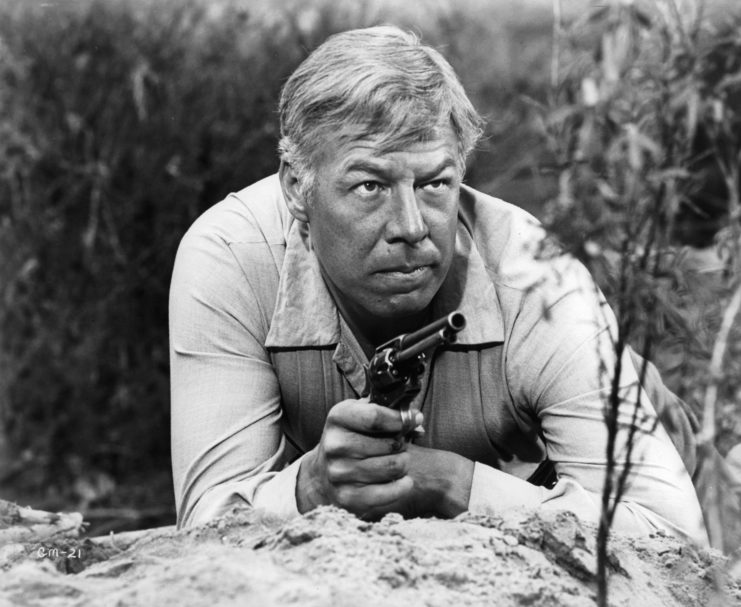
George Kennedy was born on February 18, 1925, in New York City, to a family deeply rooted in the entertainment world. His father, an orchestra leader and musician, and his mother, a former ballet dancer, ensured he was involved in show business from a young age.
At just two years old, Kennedy made his on-stage debut in a touring production of Bringing Up Father. Tragedy struck when his father died two years later, leaving his mother to raise him alone. Despite this hardship, Kennedy continued to advance his early career, performing as a radio act from the age of seven until the beginning of World War II.
After graduating from Chaminade High School in Long Island, Kennedy chose to enlist in the US Army.
Serving under Gen. George Patton
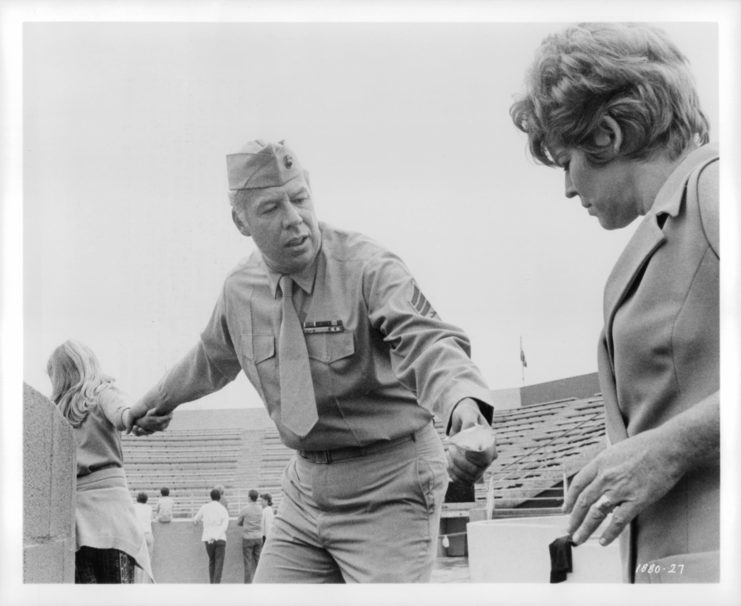
George Kennedy initially tried to enlist in the US Army Air Forces, but his physical stature posed problems.
“I’m six-foot-four, and even in those days I weighed 210 pound,” Kennedy once reminisced. “I was interested in airplanes then, and I’m interested in airplanes now. The best explanation came from a master sergeant in the Air Force. He said, ‘George, there’s nothing wrong with you. But we can either put you in an airplane or we can put a 200-pound bomb in an airplane. We’d rather put the bomb in the airplane.'”
Instead, Kennedy enlisted as an infantryman in the US Army, serving under Gen. George Patton, whom he’d later portray in 1978’s Brass Target. One of the most notable engagements he participated in was the Battle of the Bulge. Reflecting on the war later in life, he commented on the danger he and his fellow servicemen faced.
“Kids who had never done anything more dangerous than play kickball in the street were shooting BAR’s and mortars and killing each other… The war was one horrendous surprise after another. I can’t think of anything I did during the war that did not involve death,” he said.
Kennedy’s time with the military came to an end after 16 years due a back injury he suffered in the late 1950s. At the time of his retirement, he’d achieved the rank of captain and earned a number of recognitions, including two Bronze Stars.
Developing the US Army Information Office
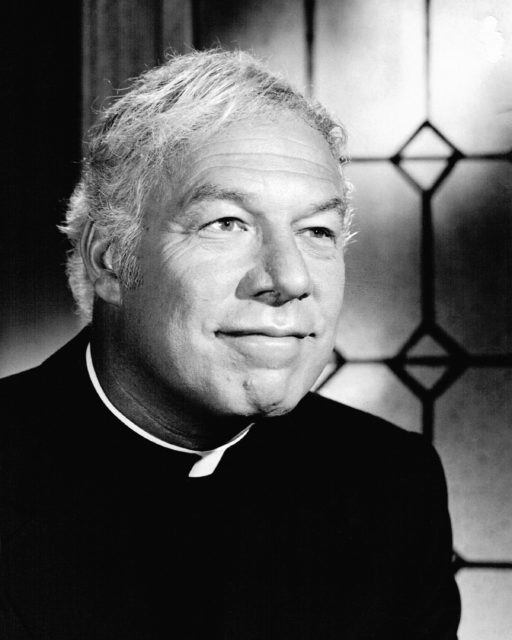
During his time in the Army, George Kennedy used his skills from his background as a radio actor to step into a new role as a disc jockey for the Armed Forces Network (AFN), in a scenario similar to the one depicted in the1987 film, Good Morning, Vietnam.
This position had a twofold effect: it impacted both the Army’s future and Kennedy’s personal career. For the military, it contributed to the establishment of the US Army Information Office, which offered technical assistance to the entertainment industry. For Kennedy, it provided important professional experience that would later influence his acting career after his military service.
George Kennedy always played the tough guy
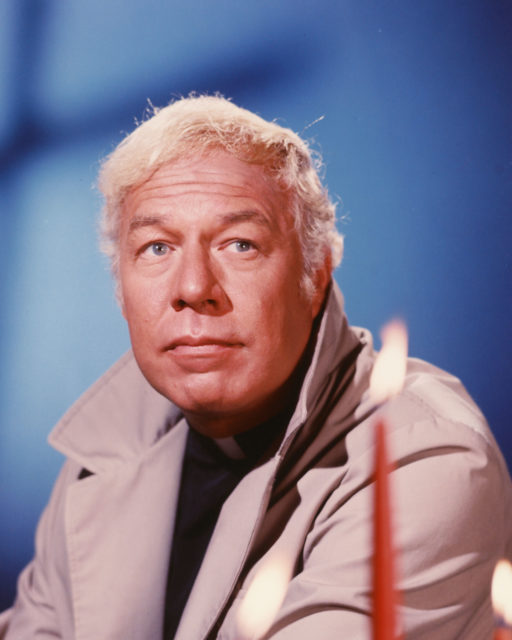
When George Kennedy left the Army, he worked as a technical advisor on the Phil Silvers Show (1955-59). While in this role, he sometimes played small, uncredited characters that influenced his desire to pursue professional acting. He subsequently gained supporting roles on various television series, typically playing a cowboy, outlaw or lawman.
Although he’d made several television appearances, Kennedy’s film debut came in the early 1960s. Some of the notable credits of his early movie career include Charade (1963), Flight of the Phoenix (1966) and The Dirty Dozen (1967). The one that shot him to new heights was Cool Hand Luke (1967), for which he won the Academy Award for Best Supporting Actor. During this time, he shared the screen with other high-profile stars, including Paul Newman, Cary Grant, Kirk Douglas and Joan Crawford.
Kennedy appeared in over 200 movies and TV shows
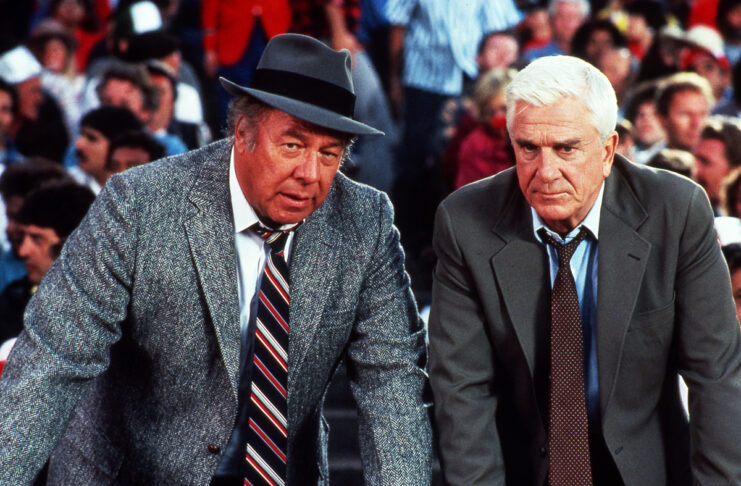
During the 1970s and ’80s, Kennedy’s career took a bit of a dive, with him largely landing B-rated and low-budget films. As a result, he shifted gears to television. The late 1980s and ’90s changed this trajectory again, as the actor found new popularity, starring in the parody Naked Gun films.
New! Want to become a trivia master? Sign up for our War History Fact of the Day newsletter!
Overall, Kennedy was credited with over 200 film and television credits throughout his acting career. He retired from show business following his appearance in 2014’s The Gambler, and died two years later in Middleton, Idaho, at the age of 91.
